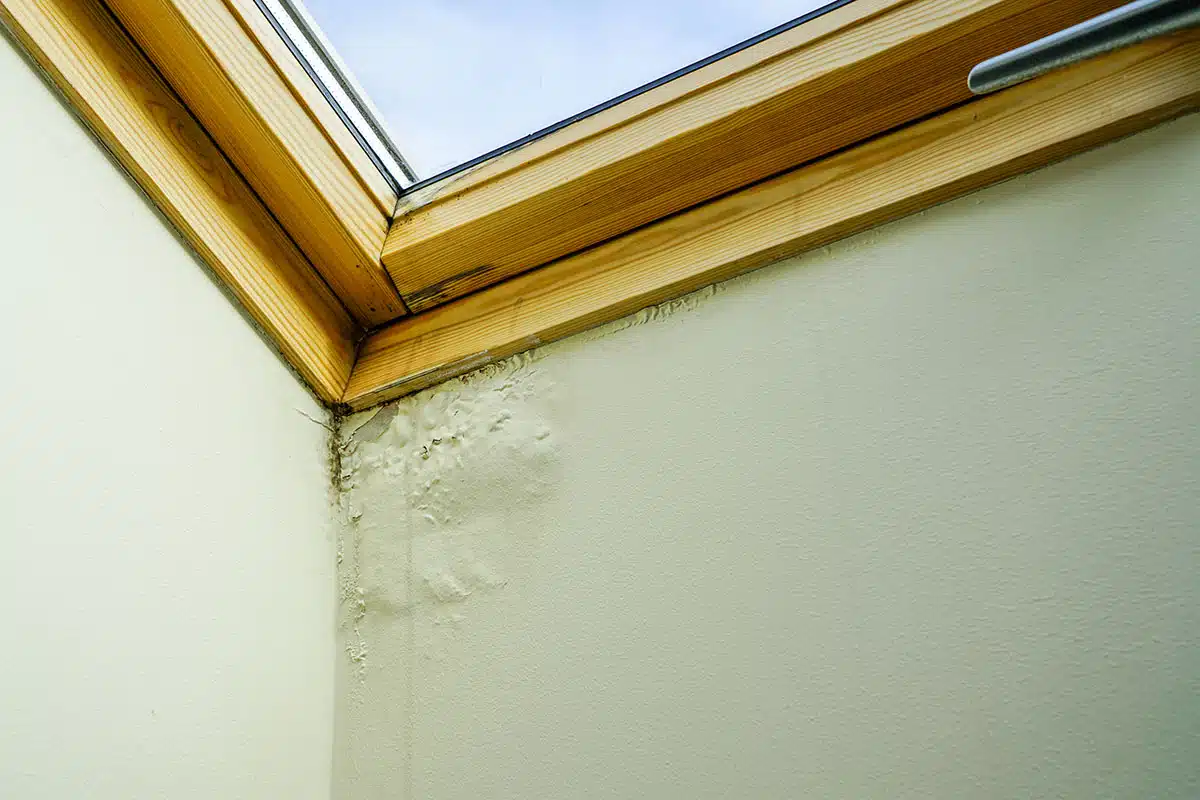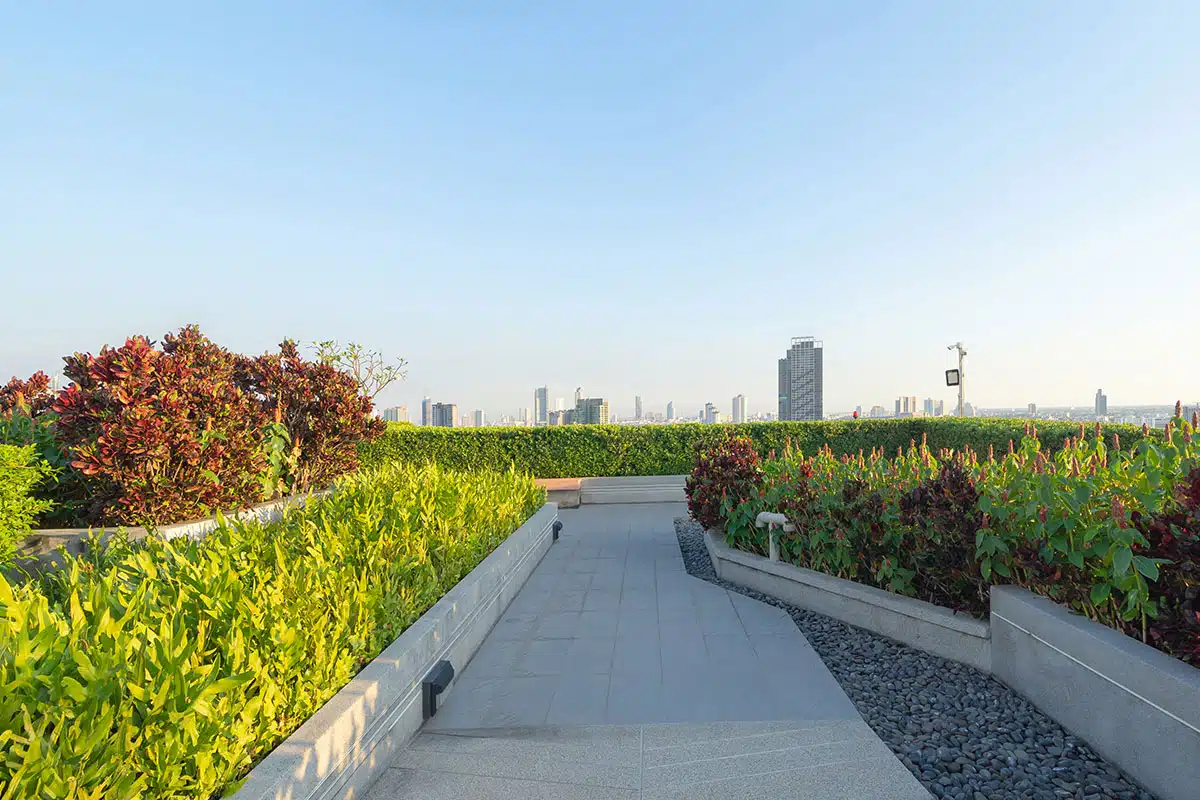The nonprofit social enterprise is awarded Best of the Best by U.S. Veterans Magazine.
Roseville, Calif. – For a fourth consecutive year, PRIDE Industries has been named one of the nation’s Best of the Best Top Veteran-Friendly Companies by U.S. Veterans Magazine (USVM). The distinction publicly recognizes those entities that go above and beyond in their support of our nation’s former military personnel in terms of outreach to veterans, military families, and transitioning service members.
“We strive to encourage other companies to follow PRIDE Industries’ lead and ultimately create a workforce that is supportive of our veteran community,” said Mona Lisa Faris, President & Publisher at U.S. Veterans Magazine.
Each year, with an eye on veteran employment, U.S. Veterans Magazine conducts select evaluations of the nation’s employers, law enforcement agencies, veteran outreach programs, and schools. These non-biased studies are a valuable resource for the publication’s readers, job seekers, business owners, students, transitioning veterans, and consumers.
“PRIDE Industries is honored to be recognized as a Best of the Best Top Veteran-Friendly Company by U.S. Veterans Magazine,” said Tim Young, Vice President of Talent Management at PRIDE Industries. “We recognize that the experience veterans gain serving our country makes them valuable employees, and we are dedicated to helping our military veterans of all abilities find sustainable employment.”
PRIDE Industries offers several employment resources for veterans, including its one-of-a-kind I AM ABLE employment helpline [(844) 426-2253], a veterans employee resource group (ERG), and a Military Skills Translator tool that helps veterans match their skills and talent to a civilian career. In addition, PRIDE Industries can help veterans access paid internships as well as mentoring and training programs. And to help other companies increase their hiring of diverse candidates, including military veterans, the company provides recruiting services. Last month, on National Hire a Veteran Day, PRIDE Industries held veteran hiring events at four locations across the country.
About PRIDE Industries
PRIDE Industries delivers business excellence with a positive social impact. A social enterprise, we provide facilities operations and maintenance services, custodial services, contract manufacturing, supply chain management, packaging and fulfillment services, and placement services to private and public organizations nationwide. Founded in 1966, PRIDE Industries’ mission is to create employment for people with disabilities. Through personalized employment services, we help individuals realize their true potential and lead more independent lives. PRIDE Industries proves the value of its inclusive workforce model through operational success across multiple industries every day.
About U.S. Veterans Magazine
U.S. Veterans Magazine is dedicated to providing veterans and their families with valuable resources to support both their active military lifestyle and their transition to civilian life. Our goal is to offer comprehensive content that covers a wide range of topics, including career opportunities, education, finance, health, and wellness. Through our magazine, we aim to empower our readers with the knowledge and tools they need to navigate the unique challenges they face and to celebrate their achievements and contributions to society. Learn more at https://usveteransmagazine.com.

PRIDE Industries is a social enterprise delivering business excellence to public and private organizations nationwide.


